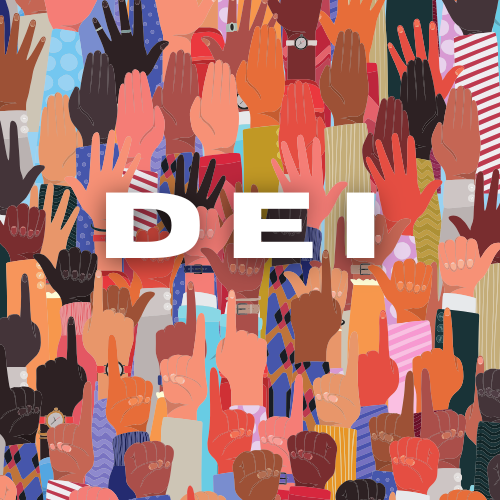By Babatunde Ojo and Prasanna Tati
The unique nature of the name Joaquin, the hurricane threatening the East Coast with heavy rains and strong winds, has drawn attention to the origin of hurricane names. Atlantic hurricanes have actually been named for the last several hundred years by people living in the Caribbean. They were named after the Roman Catholic saint of the day and when more than one hurricane hit on the same day of a different year a name suffix such as “the second”, “the third”, and so on was added.
In the late 1970s, the World Meteorological Organization decided to develop a list of 21 names beginning with a different letter of the alphabet and in alphabetical order each year to be used to name hurricanes. Today, the list is actually developed six years in advance. In odd numbered years, even numbered hurricanes are given men’s names; in even numbered years, odd numbered hurricanes are given men’s names and vice versa for women’s names. Names may be recycled after a period of six years, but those of especially traumatic storms such as Katrina and Sandy are retired from use.
A common misconception is that it’s the hurricanes that are named. Actually, tropical storms are named, and if they develop into a hurricane they merely retain their name. In order for a storm to be named, it must reach at least a sustained wind speed of 39 miles per hour for a tropical storm and 74 miles per hour for a hurricane. There are usually less than 21 named tropical storms in any given year. In rare years where the number of qualifying tropical storms exceeds 21, the additional storms are named from the Greek alphabet. Who knows… if you keep an eye out for tropical storms, your name may very well appear!




























